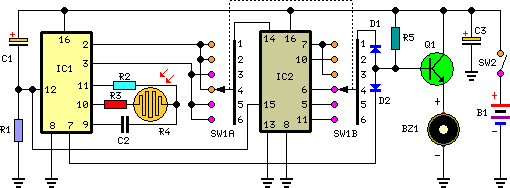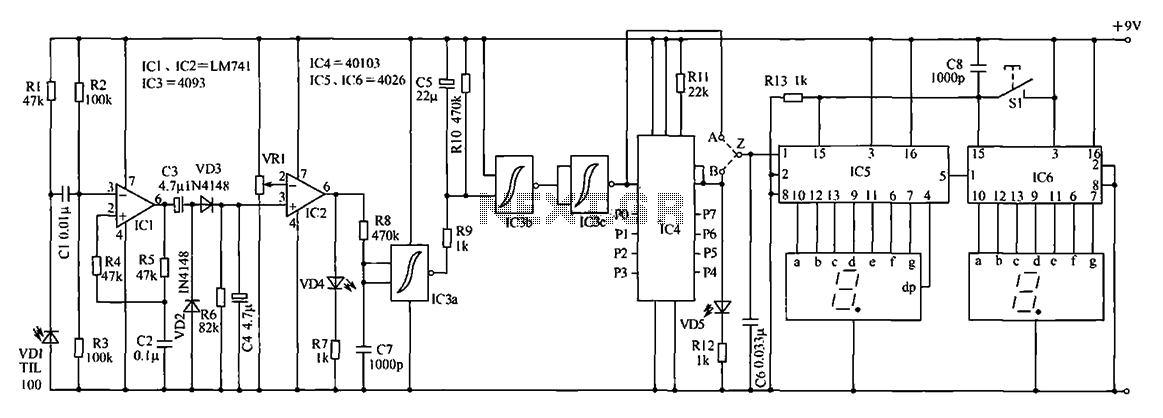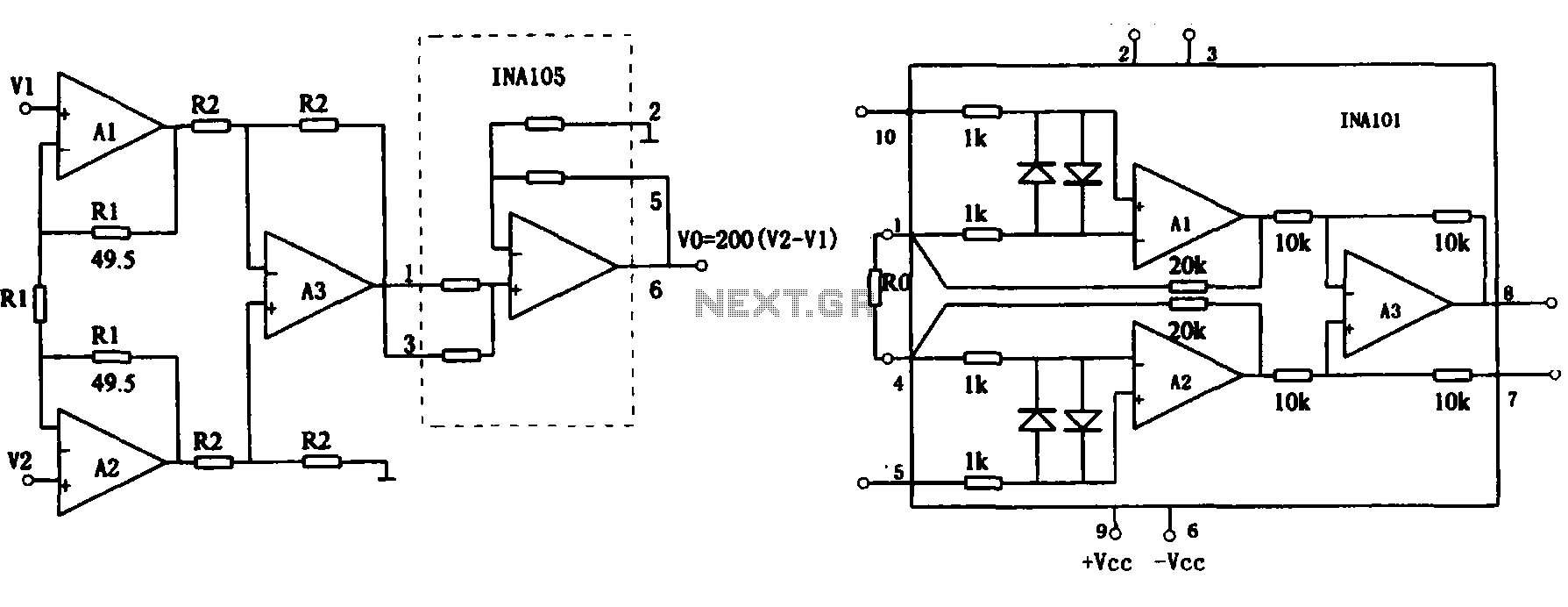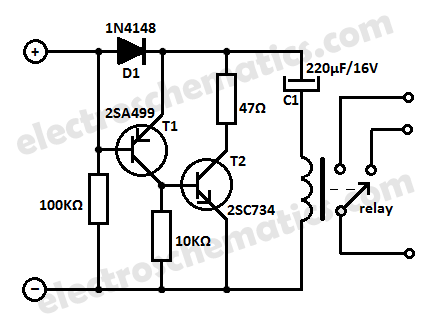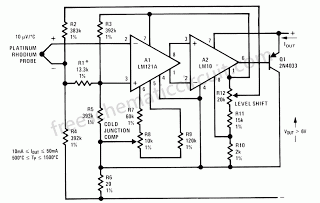
Infrared remote control relay circuit b
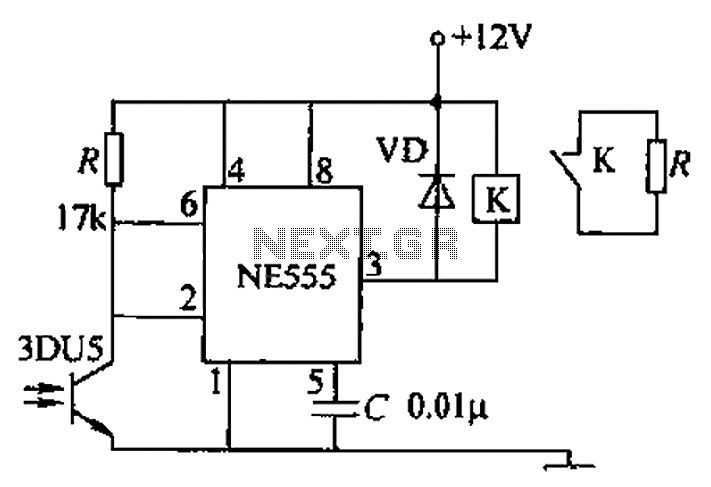
A transmitting circuit powered by an infrared light-emitting diode emits light. The receiving circuit, shown in the figure, utilizes a transistor (3DU5) to receive the infrared light and output the received signal. The signal is sent to terminal 3 through an NE555 timer, which activates a relay coil. This action pulls in the normally open contact group, allowing the load to operate.
The circuit consists of two main components: the transmitting part, which includes an infrared light-emitting diode (LED), and the receiving part, which incorporates a phototransistor (3DU5) to detect the emitted infrared light. The LED is powered by a suitable voltage source, and it emits infrared light that can be detected by the phototransistor.
When the infrared light emitted by the LED strikes the phototransistor, it generates a corresponding electrical signal. This signal is then routed to terminal 3 of the NE555 timer. The NE555 timer is configured in monostable mode, meaning it will produce a single output pulse in response to the input signal from the phototransistor. The duration of this pulse can be adjusted by changing the resistor and capacitor values connected to the timer.
The output from the NE555 timer is used to energize a relay coil. When the timer output goes high, it activates the relay, pulling in its normally open contacts. This allows current to flow through the load connected to the relay, thus enabling it to operate. The relay acts as a switch that can control higher power devices, making this circuit suitable for various applications, such as remote control systems or automation tasks.
Overall, this circuit effectively demonstrates the principles of infrared communication and relay control, providing a practical solution for wireless signal transmission and device activation. Proper component selection and circuit design ensure reliable operation and responsiveness to the emitted infrared signals.A transmitting circuit, power, infrared light-emitting diode emits light receiving circuit shown in Figure, receives infrared light transistor 3DU5, the received signal output terminal 3 through NE555 timer, relay coil has electrical pull its normally open contact group together, so that the work load.
The circuit consists of two main components: the transmitting part, which includes an infrared light-emitting diode (LED), and the receiving part, which incorporates a phototransistor (3DU5) to detect the emitted infrared light. The LED is powered by a suitable voltage source, and it emits infrared light that can be detected by the phototransistor.
When the infrared light emitted by the LED strikes the phototransistor, it generates a corresponding electrical signal. This signal is then routed to terminal 3 of the NE555 timer. The NE555 timer is configured in monostable mode, meaning it will produce a single output pulse in response to the input signal from the phototransistor. The duration of this pulse can be adjusted by changing the resistor and capacitor values connected to the timer.
The output from the NE555 timer is used to energize a relay coil. When the timer output goes high, it activates the relay, pulling in its normally open contacts. This allows current to flow through the load connected to the relay, thus enabling it to operate. The relay acts as a switch that can control higher power devices, making this circuit suitable for various applications, such as remote control systems or automation tasks.
Overall, this circuit effectively demonstrates the principles of infrared communication and relay control, providing a practical solution for wireless signal transmission and device activation. Proper component selection and circuit design ensure reliable operation and responsiveness to the emitted infrared signals.A transmitting circuit, power, infrared light-emitting diode emits light receiving circuit shown in Figure, receives infrared light transistor 3DU5, the received signal output terminal 3 through NE555 timer, relay coil has electrical pull its normally open contact group together, so that the work load.
Warning: include(partials/cookie-banner.php): Failed to open stream: Permission denied in /var/www/html/nextgr/view-circuit.php on line 713
Warning: include(): Failed opening 'partials/cookie-banner.php' for inclusion (include_path='.:/usr/share/php') in /var/www/html/nextgr/view-circuit.php on line 713
